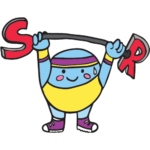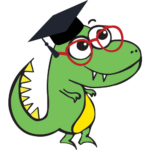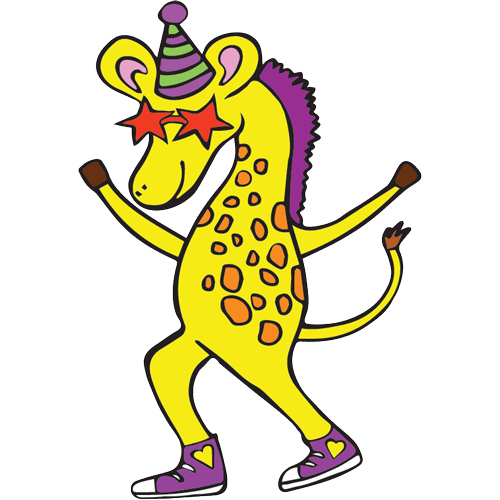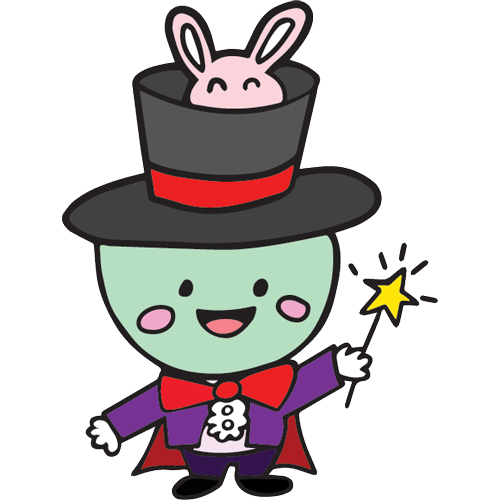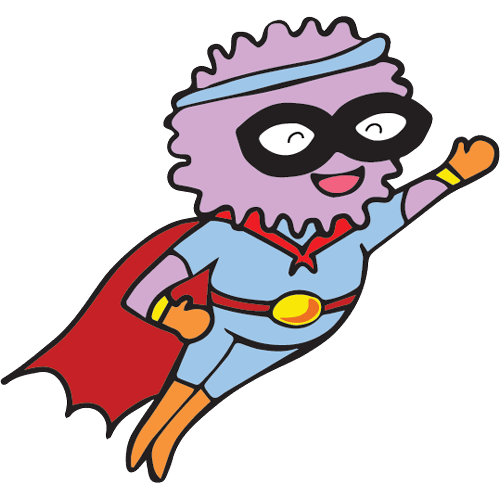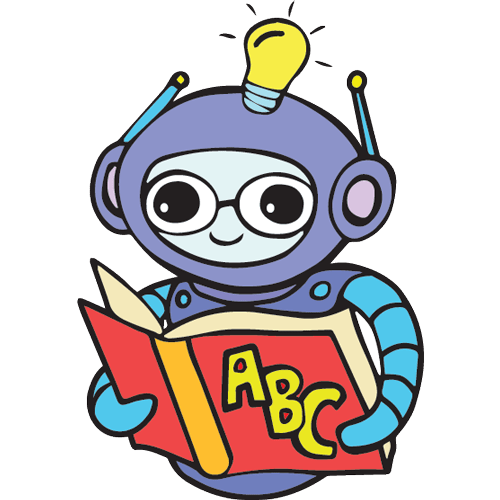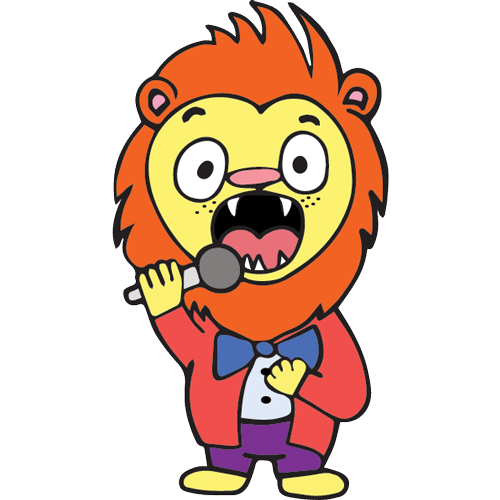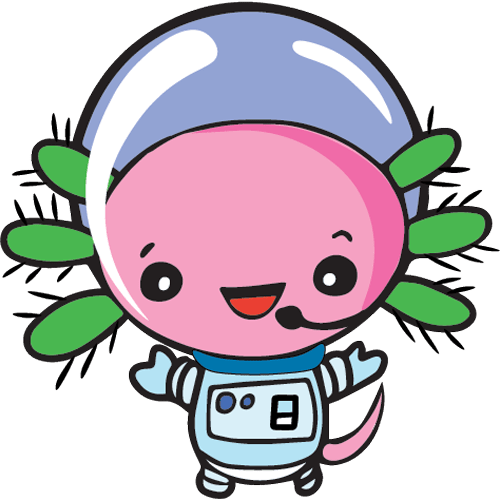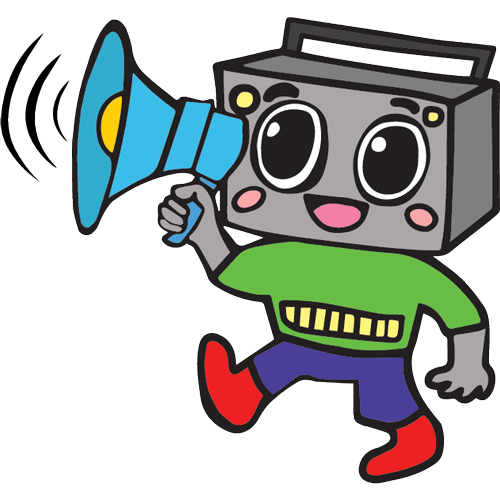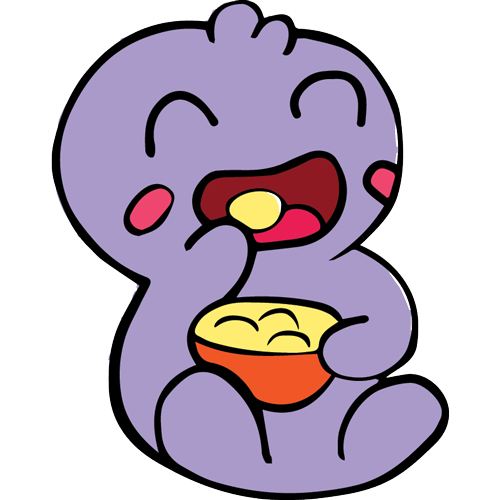Orofacial Myology Therapy in New York, NY
What Is Orofacial Myofunctional Disorder (OMD)?
Orofacial myofunctional disorder (OMD) refers to a condition in which maladaptive oral and facial muscular patterns have developed affecting the balance of muscles as well as the function and coordination habits of the mouth and face. As these patterns can affect the development of orofacial musculature and dentition, they may impact chewing, swallowing, and speaking by altering swallowing and articulation patterns and diminishing speech clarity. One of the most common forms of OMD is a tongue thrust in which the tongue may sit against the bottom teeth at rest or push forward against the top teeth, or in some cases visibly protrude between top and bottom teeth, when speaking or swallowing. Individuals with OMD may also exhibit an open mouth posture at rest, mouth breathing, and difficulty pronouncing sounds that are produced on the alveolar ridge such as “s” and “z.”. People of all ages can present with OMD, and treatment to correct patterns are successful across the lifespan! If these symptoms are present, it’s strongly recommended consulting a dentist, ENT, and licensed speech-language pathologist to determine the precise nature of issues and impact on functional activities as OMDs can lead to speech articulation, chewing, and swallowing difficulties if left unaddressed.

What Is Orofacial Myology Therapy?
OMD can be successfully treated with orofacial myology therapy, and if needed, orthodontic and dental interventions. Orofacial myology therapy is a complete behavioral approach to support the healthy growth and development of the muscles of the face, jaw, and tongue to improve swallow patterns and remediate speech articulation errors. The goal of orofacial myology speech therapy is to:
- Promote normal chewing and swallowing patterns
- Correct speech production
- Engage optimal breath patterns
- Increase sensory awareness of tongue, oral, and facial muscles when eating, drinking, speaking, and breathing.
Signs and Symptoms of Orofacial Myofunctional Disorders
Individuals with an orofacial myofunctional disorder may display any of the following symptoms:
- Frequent open mouth resting posture with lips apart
- Tongue visibly and often resting against the front upper or lower teeth
- Mouth breathing in absence of nasal congestion
- Frequent licking of lips and/or chapped dry lips
- Tongue pushing against or protruding through the front upper or lower teeth when swallowing
- Tongue pushing against or protruding through the front upper or lower teeth when producing sounds /s/, /z/, /l/, /sh/, /t/, /d/, /n/
- Difficulty maintaining closed lips while swallowing
- Drooling beyond age 2
Individuals may present with one or many of these described symptoms. If you have concerns or questions about possible OMD symptoms, we recommend connecting with a licensed speech-language pathologist who will be able to perform a comprehensive evaluation and to determine the cause of the behaviors and offer a customized plan of action to address your concerns.
Causes of Orofacial Myofunctional Disorders
OMD may be caused by several factors. Contributing factors to orofacial myofunctional disorder include:
- An immature swallow pattern that has persisted beyond 3 years old
- A tongue tie or other structural condition which limits the tongue’s movement or makes it difficult for the lips to stay together
- A blockage in the nasal passages, potentially related to tonsil size, allergies, or other nasal or oral blockages that could cause a person to breathe through their mouth
Each case of OMD may have a different cause, so it’s important to speak with a licensed speech-language pathologist, dentist, orthodontist, and ENT to understand your unique situation.
Choose Open Lines® for Orofacial Myology Speech Therapy
Open Lines Speech and Communication approaches speech-language pathology from a holistic perspective. Our team of talented and specially trained clinicians is dedicated to treating you or your loved one as a unique, whole being. That’s why we initiate every program with an individualized one-on-one comprehensive evaluation with a licensed therapist who will listen to your concerns and goals, guide you through a series of exercises to gather information about your symptoms and use this information to develop a personal plan of action with exercises founded in science and tailored specifically to you.
Our Presence Approach combines the latest scientific expertise with the art of intuitive care to provide therapy services that will compassionately support you in meeting your needs.
Our specialists have special training in neurologically based communication, respiratory-voice, and swallowing difficulties as well as life coaching, movement and more. We can collaborate with other specialists, doctors, and educators to craft an all-encompassing treatment plan that provides a path to success, ensuring a successful treatment outcome and improved quality of life.
Contact Open Lines® for Orofacial Myology Therapy
Finding a treatment plan for OMD can be as easy as a few clicks. Contact Open Lines® in New York, NY today to set up an appointment, and let us help you get started with orofacial myology speech therapy.
Get in Touch With Open Lines®


